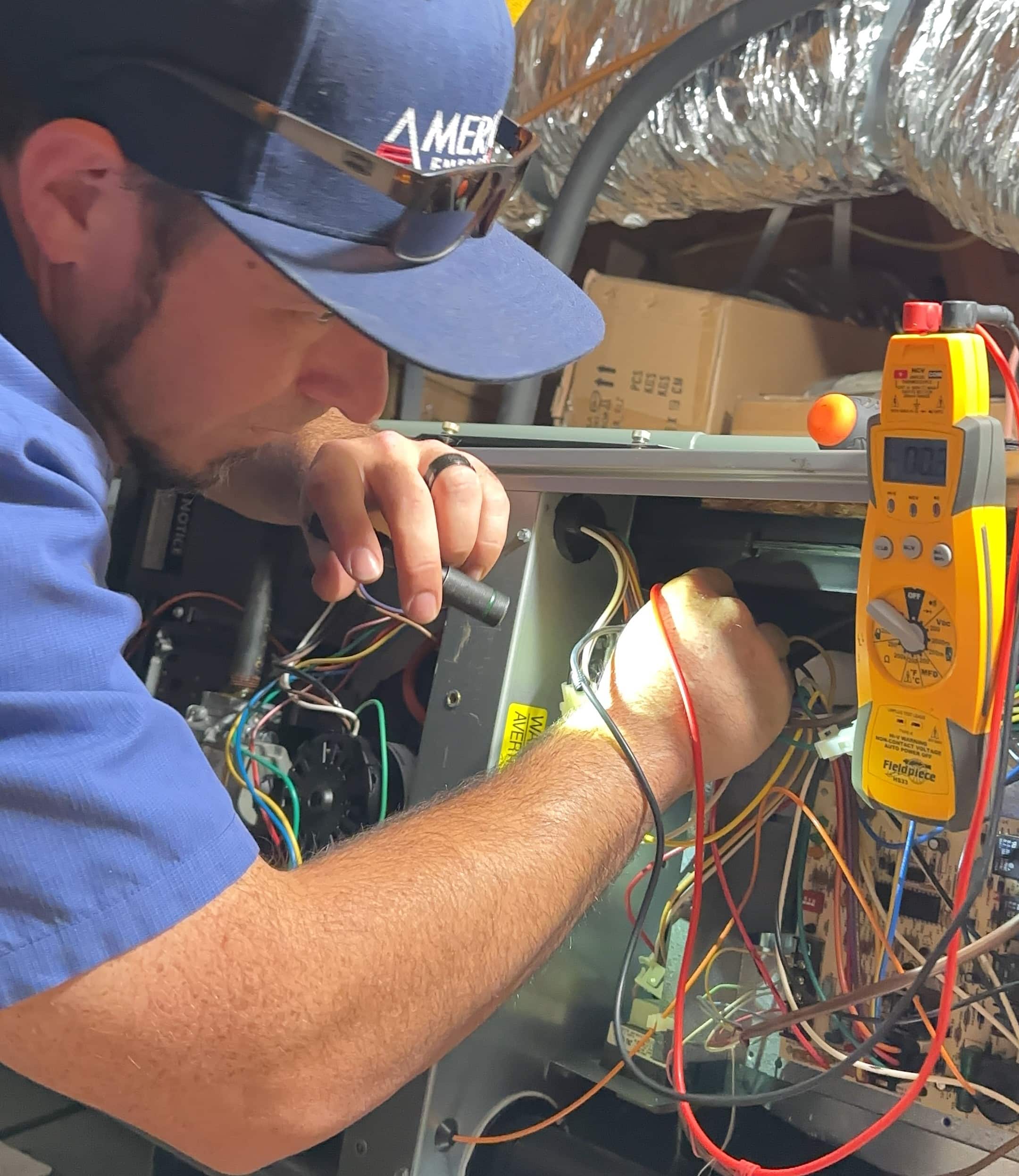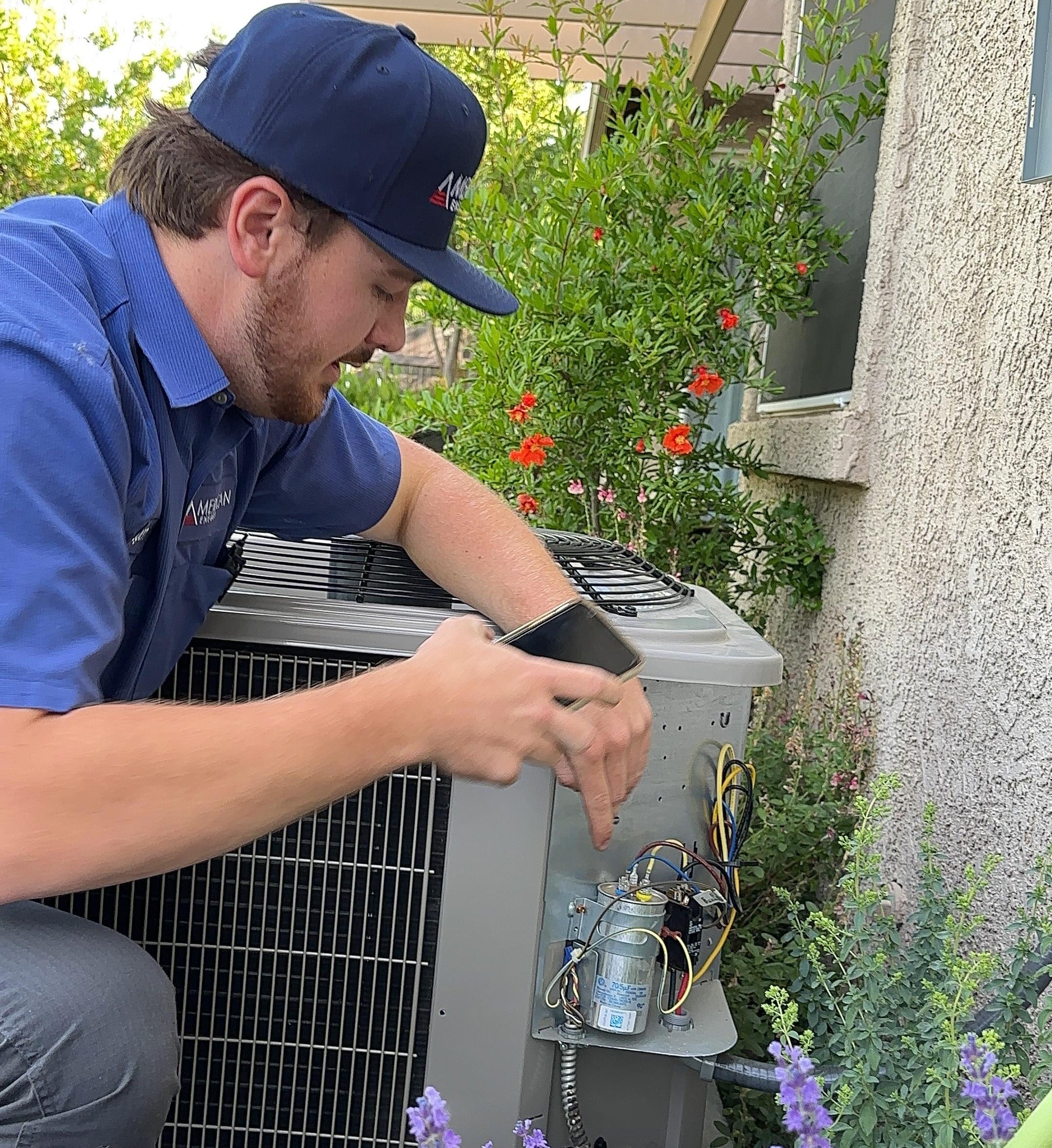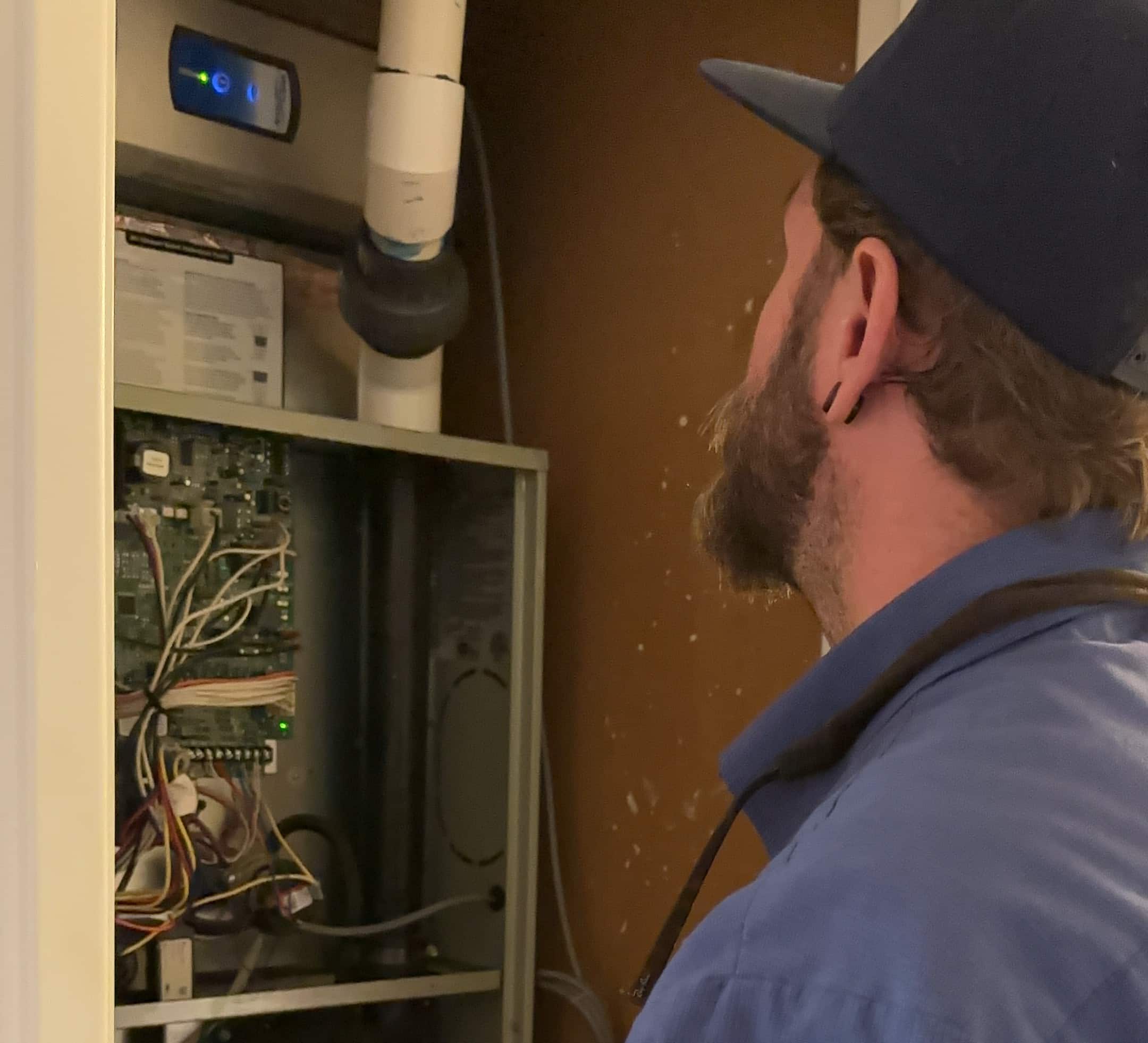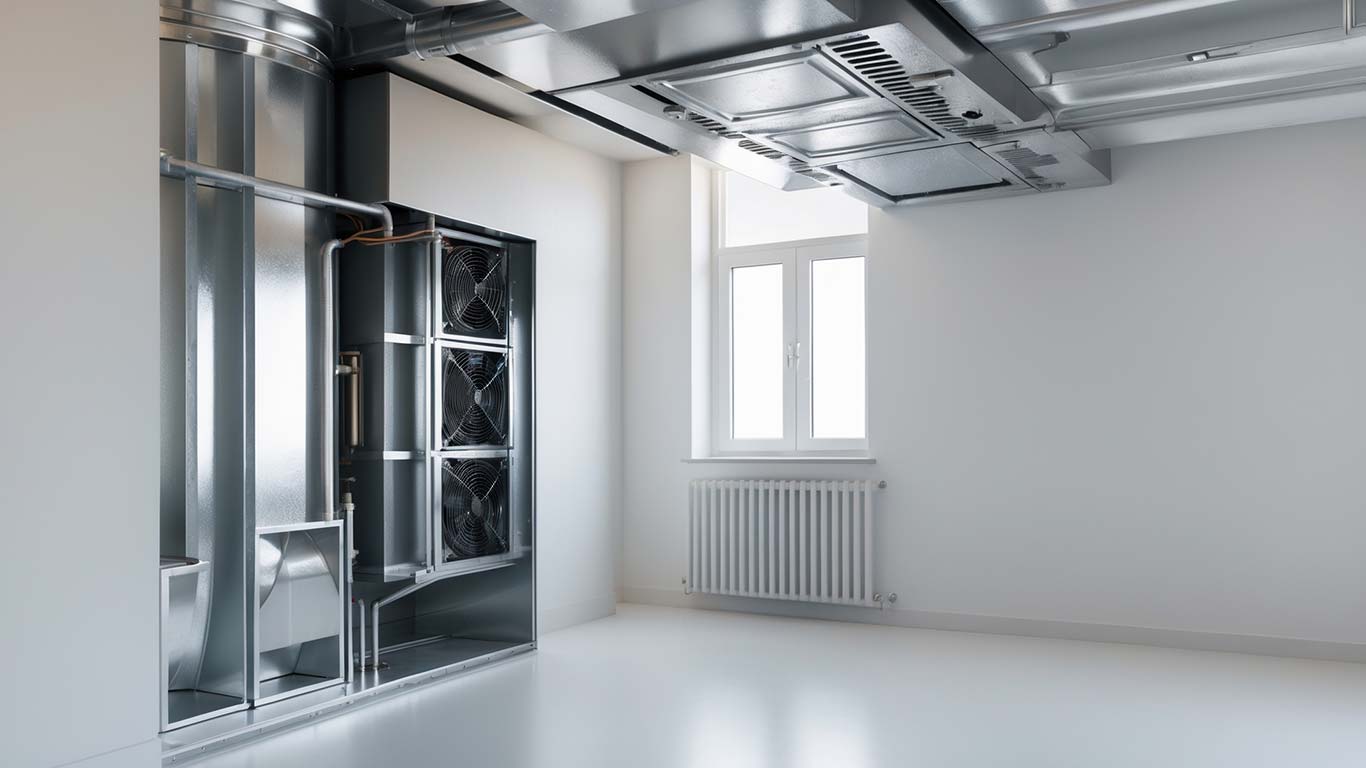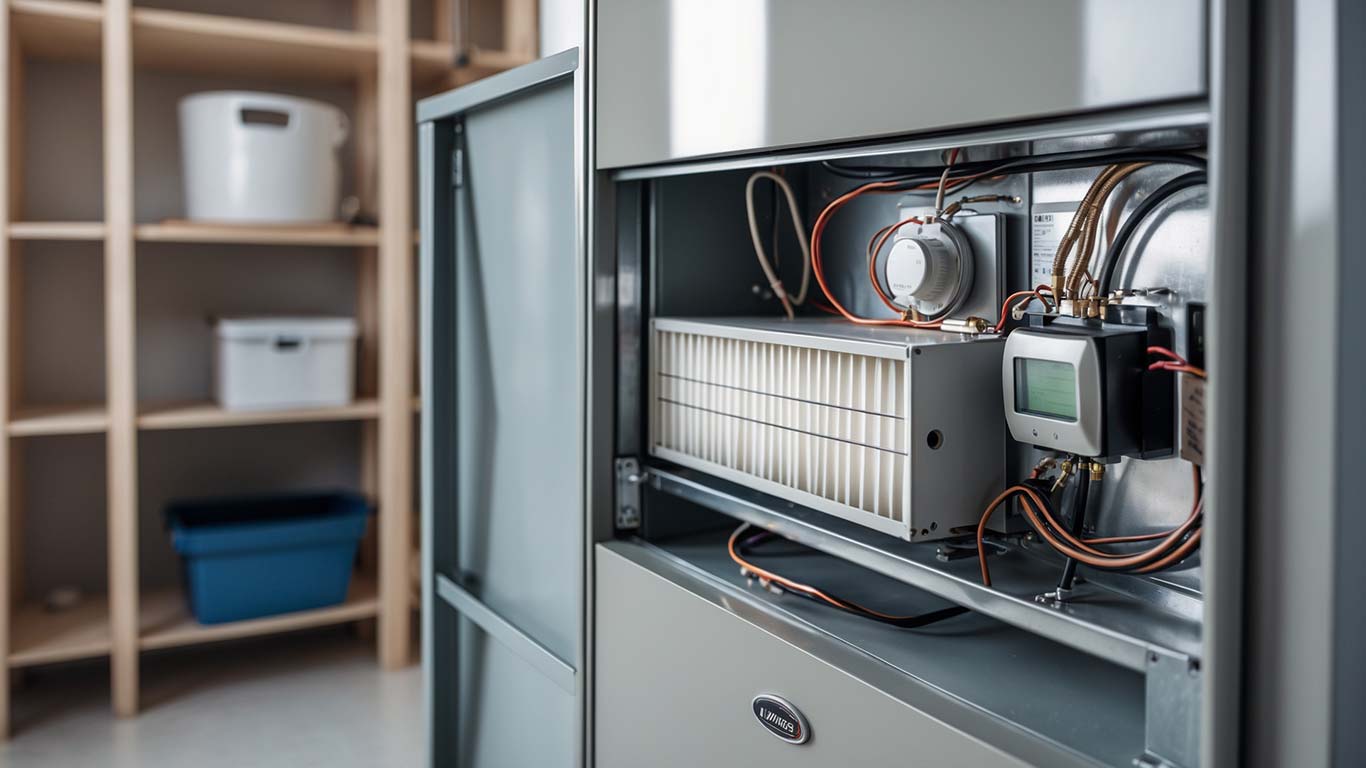The Cost of Heating Repairs in Loomis CA: Furnace & Heat Pump Repair Pricing
When temperatures drop in Loomis, CA, a reliable heating system is essential for maintaining indoor comfort. Even though winters are mild, a malfunctioning furnace or heat pump can lead to uneven temperatures, higher energy bills, and unexpected breakdowns. Understanding heating repair costs can help you plan ahead and avoid unnecessary expenses. (916) 520-9990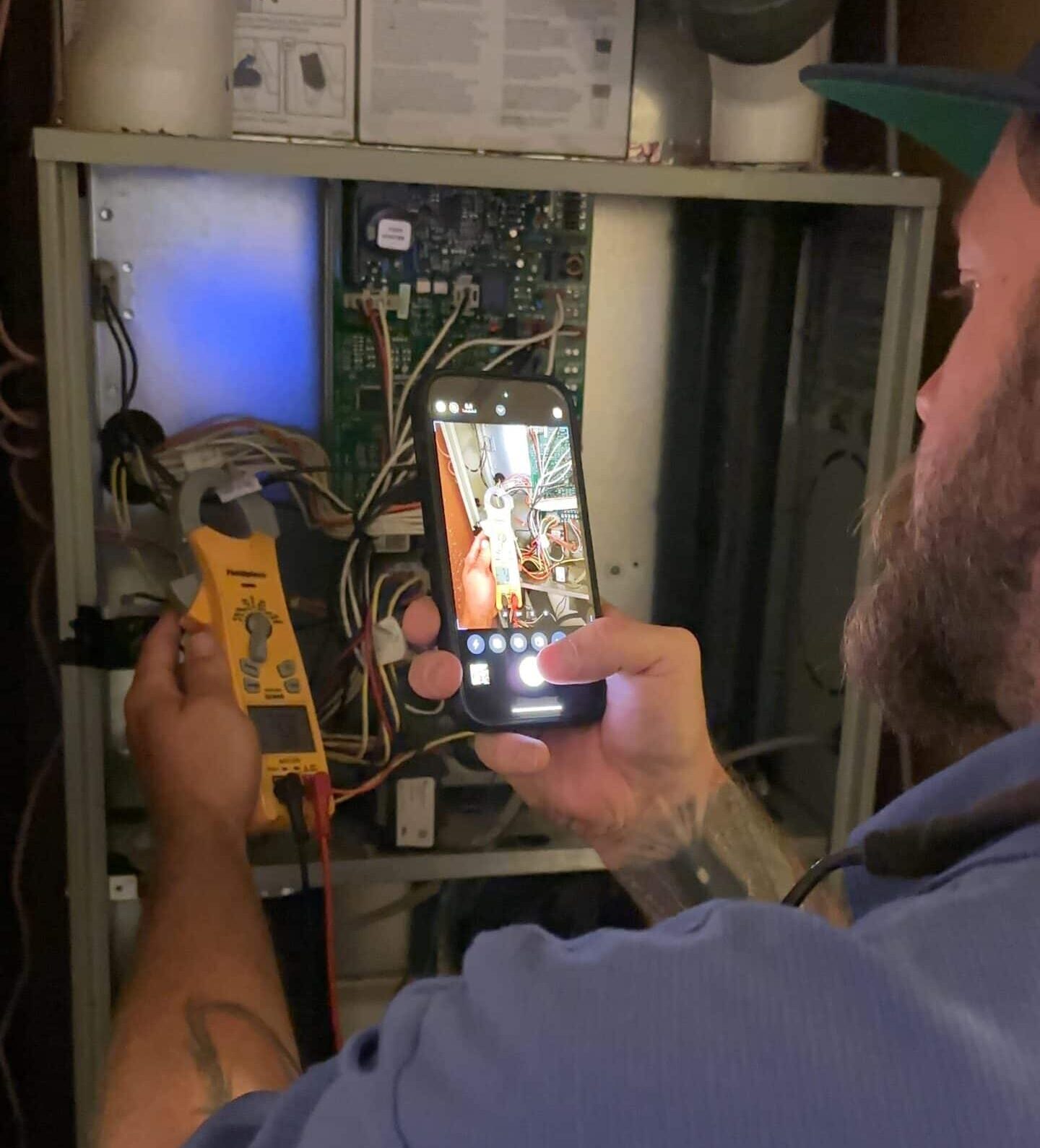
In this guide, we share the breakdown of the cost of furnace and heat pump repairs, and factors impacting the price. Call (916) 520-9990 for an instant quote and heating repair services in Loomis, CA.
How Much Do Heating Repairs Cost?
Furnace Repair Costs
- Gas Furnace Repairs: 150 USD – 1,500 USD (varies based on issue severity)
- Electric Furnace Repairs: 100 USD – 1,000 USD (generally lower due to fewer components)
- Oil Furnace Repairs: 200 USD – 1,800 USD (higher due to fuel system complexity)
Breakdown of Common Furnace Repair Costs
- Ignition System or Pilot Light Repairs: 150 USD – 500 USD
- Blower Motor Replacement: 400 USD – 1,200 USD
- Heat Exchanger Replacement: 1,000 USD – 2,000 USD (can be costly, sometimes leading to full replacement)
- Gas Valve or Thermocouple Replacement: 150 USD – 700 USD
- Clogged or Dirty Filters: 50 USD – 200 USD
Heat Pump Repair Costs
- Air-Source Heat Pump Repairs: 150 USD – 1,500 USD
- Ductless Mini-Split Repairs: 200 USD – 2,000 USD (cost varies based on the number of indoor units)
- Geothermal Heat Pump Repairs: 300 USD – 4,000 USD (higher costs due to underground loop system complexity)
Breakdown of Common Heat Pump Repair Costs
- Refrigerant Leak Repair & Recharge: 200 USD – 1,500 USD
- Frozen Coils & Airflow Issues: 150 USD – 800 USD
- Reversing Valve Replacement: 500 USD – 1,500 USD (controls switching between heating and cooling)
- Thermostat Issues & Sensor Failures: 100 USD – 500 USD
- Compressor Replacement: 1,200 USD – 3,000 USD (one of the most expensive repairs)
Factors That Influence Heating Repair Costs
System Type and Complexity
The type of heating system you have plays a major role in repair costs.
- Gas furnaces have components like ignition systems and gas valves that may require specialized repairs.
- Electric furnaces have fewer moving parts, often making repairs less expensive.
- Heat pumps have intricate systems that can be costly to diagnose and fix.
Severity of the Issue
Not all heating problems cost the same to fix. Minor issues, such as thermostat malfunctions or clogged filters, are relatively inexpensive to repair. However, major component failures, like a cracked heat exchanger or a damaged compressor, can cost significantly more and sometimes justify replacing the system instead of repairing it.
System Age and Condition
Older furnaces and heat pumps often require hard-to-find replacement parts, making repairs more expensive. As systems age, wear and tear on components increases the likelihood of multiple issues developing at once. If a unit is over 10-15 years old, repair costs may become excessive, making replacement a better long-term solution.
Availability of Replacement Parts
If your heating system is a discontinued model, sourcing compatible components can increase costs. Common parts, like blower motors, sensors, and fuses, are typically more affordable and widely available. However, major components, like compressors and heat exchangers, can take longer to source and be more expensive to replace.
Labor Costs and Service Fees
Pricing varies based on the technician’s experience, the repair’s complexity, and the time required to fix the issue. Emergency repairs, weekend service calls, or after-hours visits typically incur higher labor costs.
System Efficiency and Upgrades
High-efficiency furnaces and heat pumps often require specialized parts and sensors, which can be more expensive to replace. Additionally, older, inefficient systems may continue to have operational issues even after repairs, leading to ongoing expenses. In some cases, upgrading to a newer, more efficient heating system may be a smarter financial decision than continuing to repair an outdated unit.
Schedule Your Heating Repair Before Small Issues Get Worse
Delaying furnace or heat pump repairs can lead to bigger problems, higher energy bills, and even system failure. Addressing minor issues early can help prevent costly breakdowns and keep your home comfortable throughout the colder months. Whether you need a quick fix or a major repair, our HVAC technicians in Loomis, CA, are ready to help restore your heating system.
Call (916) 520-9990 to schedule prompt and reliable heating repairs in Loomis, CA! We offer transparent pricing with no hidden fees, so you know exactly what to expect before any work begins.
FAQs
What is the most common problem of a furnace?
One of the most common furnace problems is a dirty or clogged air filter, which restricts airflow and reduces efficiency. Other frequent issues include ignition system failures, malfunctioning thermostats, and blower motor problems that affect heat distribution.
How to maintain a furnace?
Regular furnace maintenance includes changing the air filter every 1-3 months, cleaning the blower and burners, and checking for gas or electrical issues. An annual professional inspection ensures the system runs efficiently and helps prevent unexpected breakdowns.
How do you diagnose a heat pump problem?
Diagnosing a heat pump issue involves checking the thermostat settings, air filters, and power supply. If the system isn’t heating or cooling correctly, common culprits include low refrigerant levels, dirty coils, or a faulty reversing valve. A professional HVAC technician can perform a detailed inspection to pinpoint the exact issue.
What parts fail in a heat pump?
Some of a heat pump’s most common failing parts include the compressor, reversing valve, fan motor, and refrigerant lines. Electrical components, such as capacitors and contactors, can also wear out over time, leading to system malfunctions.

